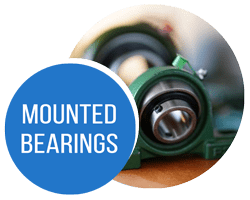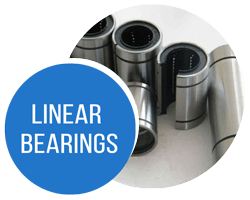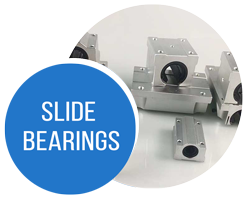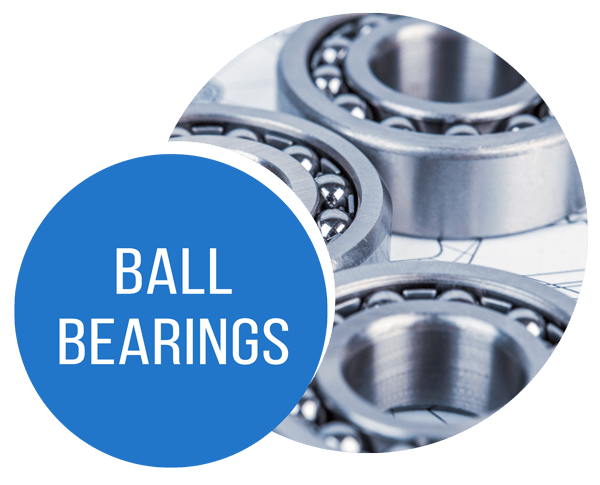Apr . 24, 2024 10:18 Back to list
Bearing Types and Classifications
Ball Bearings
Ball bearings are mechanical assemblies made up of rolling spherical parts held together by circular inner and outer races.
They support rotating shafts while also reducing friction between shafts and fixed machine parts. Ball bearings are generally employed in machines with shafts that require low friction rotational support. There are various options, the most common of which are shielded and sealed.
Ball bearings are standardized so that they can be used interchangeably. Ball bearings are sometimes known as anti-friction bearings or rolling element bearings.
First choice for high-speed or high-precision apps
Wide range of standardized formats to choose from
Use layouts to handle radial and axial loads
Roller Bearings
 Roller bearings are mechanical assemblies made up of cylindrical or tapered rolling parts that are usually held in place between the inner and outer races. They support rotating shafts while also reducing friction between shafts and fixed machine parts. Roller bearings are most used in machines with rotating shafts that require more load support than ball bearings can supply.
Roller bearings are mechanical assemblies made up of cylindrical or tapered rolling parts that are usually held in place between the inner and outer races. They support rotating shafts while also reducing friction between shafts and fixed machine parts. Roller bearings are most used in machines with rotating shafts that require more load support than ball bearings can supply.
In addition to radial loads, tapered roller bearings are frequently utilized to support higher thrust loads. Rollers come in a variety of shapes and sizes, from cylindrical to spherical. Roller bearings, like ball bearings, are standardized to a lesser extent.
Higher load capacities than ball bearings
Able to sustain strong axial loads are only a few of the factors to consider
Mounted Bearings
 Pillow blocks, flanged units, and other mechanical assemblies having bearings incorporated within bolt-on or threaded mounting components are known as mounted bearings. They support spinning shafts while reducing friction between shafts and stationary machine components.
Pillow blocks, flanged units, and other mechanical assemblies having bearings incorporated within bolt-on or threaded mounting components are known as mounted bearings. They support spinning shafts while reducing friction between shafts and stationary machine components.
Mounted bearings are typically seen in machinery that has exposed rotational shafting. They serve as take-up devices at conveyor ends and as flanged units at intermediate points. The bearings can be configured as rolling element or journal bearings.
Mounted bearings are designed for quick installation and replacement. Rod end bearings and cam followers are examples of mounted bearings.
Housed units help to alleviate rising concerns and security concerns.
Cartridge designs make cartridge replacement simple.
Allows modification of the supporting components
Mainly utilized for low/mid speed applications
Shafts are normally secured in place using set screws
Linear Bearings
 Linear bearings are mechanical assemblies that contain ball or roller elements and are used to produce linear movement along shafts. Linear bearings are typically found in machinery that requires linear motion and placement along shafts.
Linear bearings are mechanical assemblies that contain ball or roller elements and are used to produce linear movement along shafts. Linear bearings are typically found in machinery that requires linear motion and placement along shafts.
Depending on the design, they may also include supplementary spinning features.
When compared to bushings, lower friction and higher accuracies are important considerations.
More expensive and complicated than bushings
Slide Bearings
 The slide bearing assembly is composed of structural pads, a PTFE sliding surface, and slide bearing plates. Linear ball bearings and linear roller bearings are two subtypes of slide bearings. Additionally, linear bearings and linear slide bearings may be used to refer to slide bearings.
The slide bearing assembly is composed of structural pads, a PTFE sliding surface, and slide bearing plates. Linear ball bearings and linear roller bearings are two subtypes of slide bearings. Additionally, linear bearings and linear slide bearings may be used to refer to slide bearings.
They can be utilized in a wide range of applications, including construction bridge expansion supports and precision tooling.
Latest news
-
Spherical Bearings Enabling Bionic Joint Over-Rotation
NewsAug.22,2025
-
Stainless Steel Sphericals: Botong's Harsh-Environment Heroes
NewsAug.22,2025
-
Spherical Roller Thrust Bearings For Space Elevator Anchors
NewsAug.22,2025
-
Axial Spherical Roller Bearing: Xingtai's Motion Architects
NewsAug.22,2025
-
Ceramic Coated Bearings For Fusion Reactor Plasma Whirlpools
NewsAug.22,2025
-
Botong's Zirconia Bearing: Defying Metal Limits
NewsAug.22,2025
